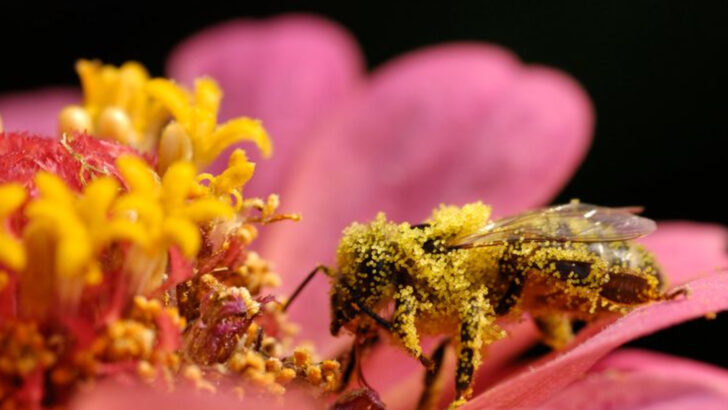Insects, often overlooked, play a crucial role in maintaining the balance of our ecosystem.
Their diverse abilities and interactions with the environment create remarkable impacts that help sustain life on Earth.
These tiny creatures, ranging from bees to beetles, are essential for pollination, decomposition, and as a food source for many animals.
Let’s explore 11 fascinating ways insects are quietly saving the world, contributing to biodiversity, and supporting essential processes that benefit both nature and humanity.
Pollination Power of Bees
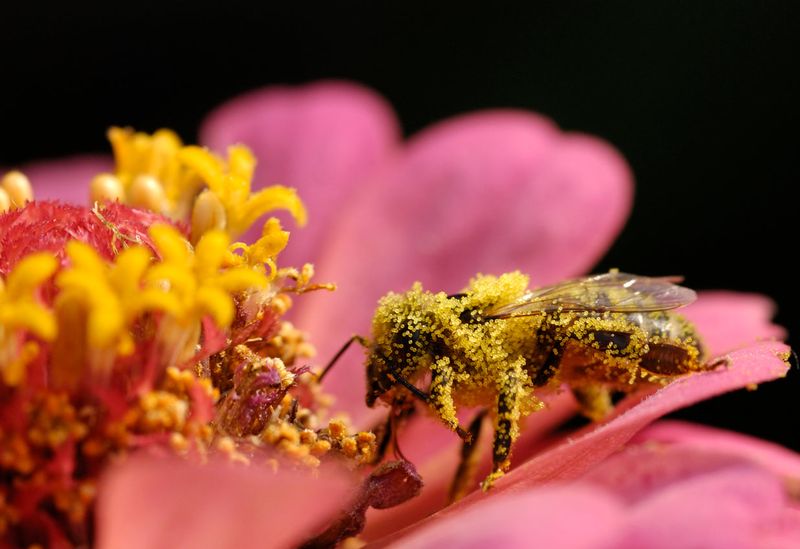
Insects have inspired art and culture throughout history. They are depicted in various forms, symbolizing transformation, resilience, and beauty.
From ancient cave paintings to modern art installations, insects have been a muse for artists worldwide. Their representation in cultural artifacts highlights their significance and the admiration they inspire across civilizations.
Soil Aeration by Earthworms
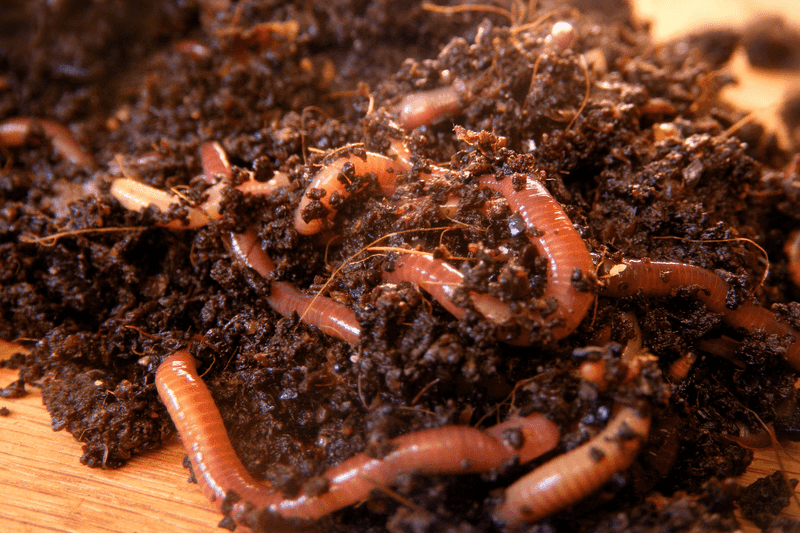
Earthworms, often referred to as nature’s plow, possess an incredible skill in soil aeration. By burrowing through soil, they create networks of tunnels that enhance air and water circulation. This process not only enriches the soil’s fertility but also supports plant growth.
The constant movement of earthworms mixes organic matter, enhancing nutrient availability. Their tunnels further prevent soil compaction, which is crucial for root expansion. Interestingly, a single earthworm can process tons of soil annually, making them vital to agriculture.
These subterranean engineers play a pivotal role in maintaining healthy ecosystems and supporting sustainable agriculture. Their work, though hidden, is fundamental to life above ground.
Pest Control by Ladybugs
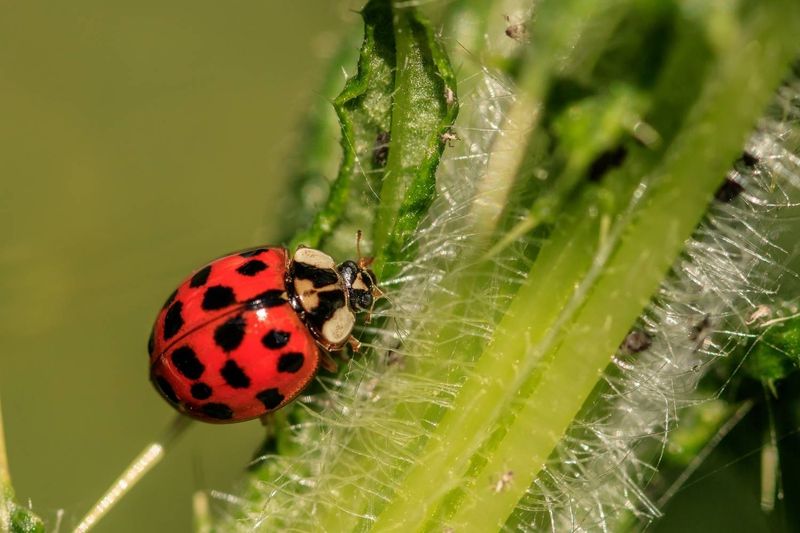
In gardens and farms, ladybugs are celebrated heroes, providing natural pest control services. These vibrant beetles have an insatiable appetite for aphids, scale insects, and other pests that threaten plant health.
A single ladybug can consume up to 5,000 aphids in its lifetime, making them incredibly efficient. Their presence reduces the need for chemical pesticides, promoting a healthier environment for both plants and animals.
This natural pest control contributes to sustainable agriculture and biodiversity. By simply existing, ladybugs offer a charming yet powerful solution to pest management, benefiting ecosystems and economies alike.
Decomposition by Dung Beetles
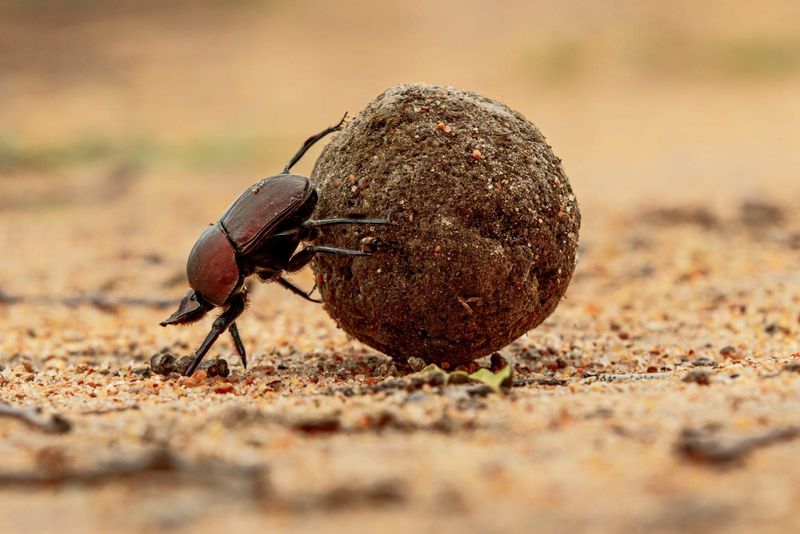
Dung beetles are nature’s cleanup crew, playing a critical role in decomposition. By breaking down animal waste, they enhance nutrient recycling in ecosystems. These industrious insects roll, bury, and consume dung, which prevents the spread of parasites and diseases.
Their work enriches soil quality, promoting the growth of healthy vegetation. Remarkably, some species can move dung balls 50 times their weight, showcasing their impressive strength.
This ecological service is crucial for maintaining the health of habitats around the world. Dung beetles, through their tireless efforts, contribute significantly to ecosystem functioning and agricultural productivity.
Silk Production by Silkworms
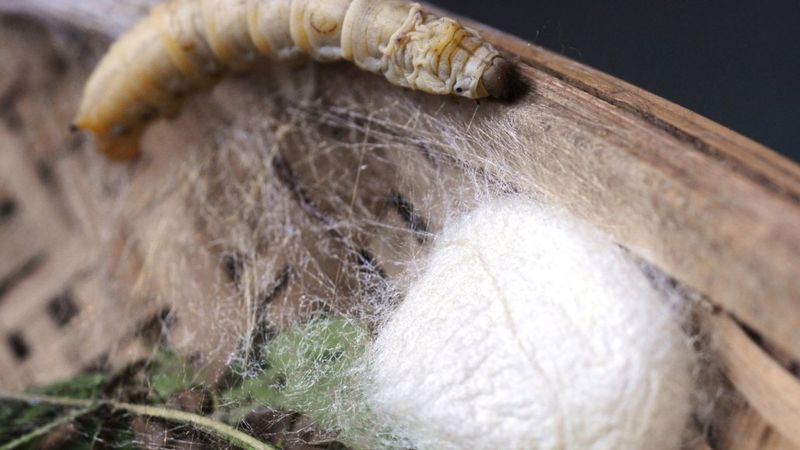
Silkworms, the larvae of silk moths, are integral to the production of silk, one of the most luxurious natural fibers. These caterpillars spin continuous silk threads to form cocoons, which are harvested to create textiles.
The silk industry, deeply rooted in history, supports economies and cultures worldwide. Beyond fashion, silk fibers are used in medical sutures and cosmetics, showcasing their versatility.
With an ability to produce up to 900 meters of silk filament, silkworms are both a marvel of nature and a boon to human industry. Their contribution extends beyond aesthetics, underscoring the interconnection between insects and human advancement.
Seed Dispersal by Ants
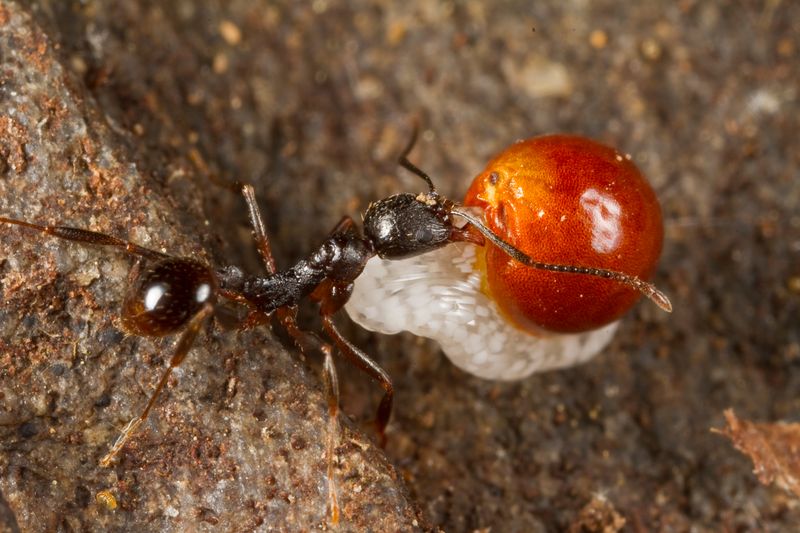
Ants are unsung heroes in seed dispersal, a process known as myrmecochory. Many plants rely on ants to transport their seeds, which are often equipped with nutritious appendages called elaiosomes.
Ants carry these seeds to their nests, benefiting from the elaiosomes, while inadvertently planting the seeds in nutrient-rich locations. This mutualistic relationship enhances plant diversity and forest regeneration.
By facilitating seed dispersal, ants contribute to the maintenance of healthy ecosystems. Their unassuming actions help shape plant communities, demonstrating the profound impact of insects on natural landscapes.
Honey Production by Honeybees
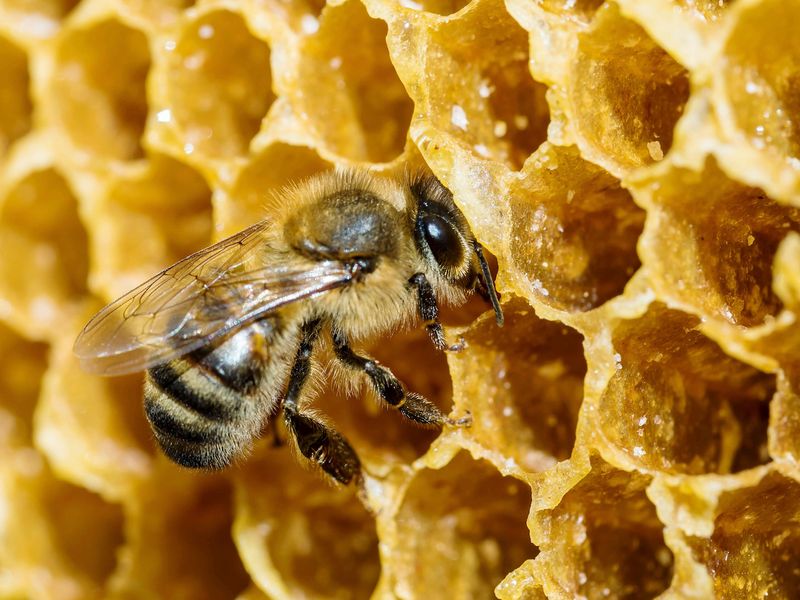
Honeybees are famed not just for their pollination skills but also for their exquisite honey production. Within buzzing hives, bees convert nectar into honey, providing a vital food source for the colony.
This sweet substance is not only a staple in human cuisine but also possesses medicinal properties, including antibacterial and anti-inflammatory benefits. Honey production supports rural livelihoods and inspires apicultural pursuits worldwide.
The industriousness of honeybees exemplifies the delicate balance of nature’s systems. By producing honey, these bees offer a timeless treasure that nourishes both body and spirit.
Biological Pest Control by Assassin Bugs

In the world of insects, not all are gentle gardeners. Assassin bugs, with their striking appearance and predatory habits, provide natural pest control in gardens and farms. These agile hunters use their elongated rostrum to inject toxins into their prey, efficiently reducing pest populations.
Their presence in agricultural settings limits the need for chemical pesticides. By naturally managing pests like aphids and caterpillars, assassin bugs promote healthier crops and a balanced ecosystem.
Assassin bugs are a testament to the power of natural predation. Their hunting prowess ensures that our gardens and farms remain productive and pest-free.
Pollution Indicators: Mayflies
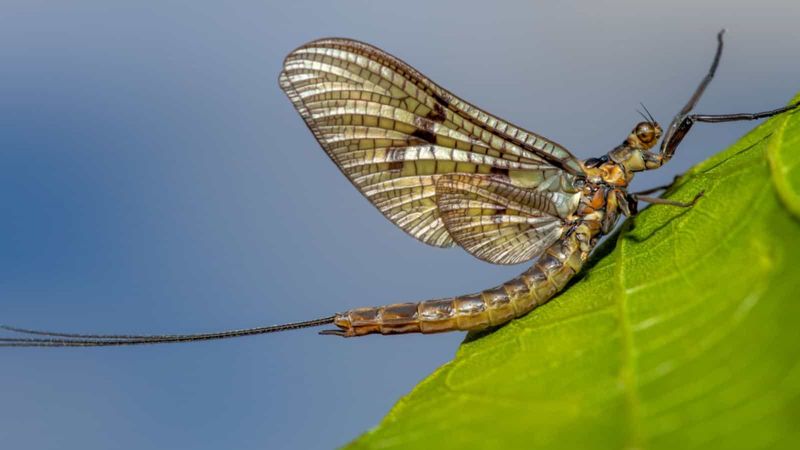
Mayflies serve as bioindicators of water quality, with their presence signaling healthy aquatic ecosystems. Their short life cycle and sensitivity to pollution make them excellent indicators of environmental health.
Scientists monitor mayfly populations to assess water conditions, as their abundance reflects the absence of harmful pollutants. A thriving mayfly community indicates clean, oxygen-rich waters, essential for diverse aquatic life.
Through monitoring mayflies, ecologists gain insights into ecosystem changes and pollution levels. These insects, though fleeting in existence, provide invaluable data for conservation efforts and environmental management.
Water Filtration by Caddisflies
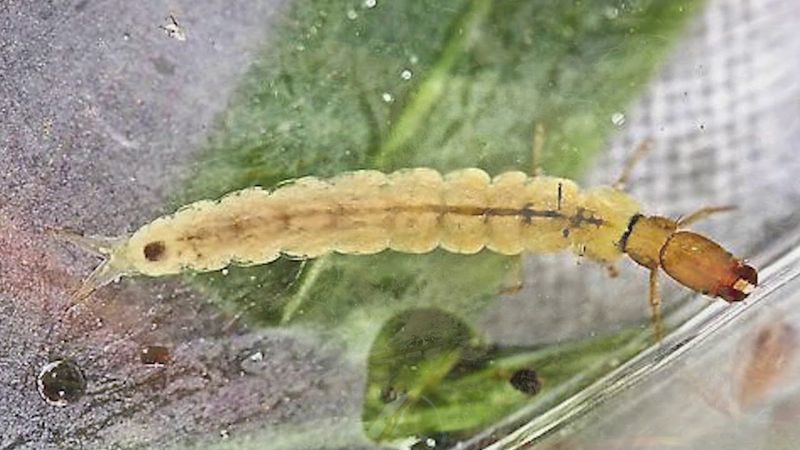
Imagine a world where water filtration systems are made by nature. Caddisflies, often overlooked, play a critical role in maintaining clean waterways. Their larvae construct protective cases from streambed materials, which not only serve as homes but also help in filtering and purifying water.
These industrious insects contribute significantly to aquatic ecosystems. By feeding on algae and detritus, caddisfly larvae help keep waterways clear and healthy. This natural purification process supports diverse aquatic life and provides cleaner water for other animals and humans.
Caddisflies are truly unsung heroes in freshwater habitats. Their role is crucial in maintaining the balance and health of streams and rivers worldwide.
Leaf-Cutter Ants: Forest Gardeners
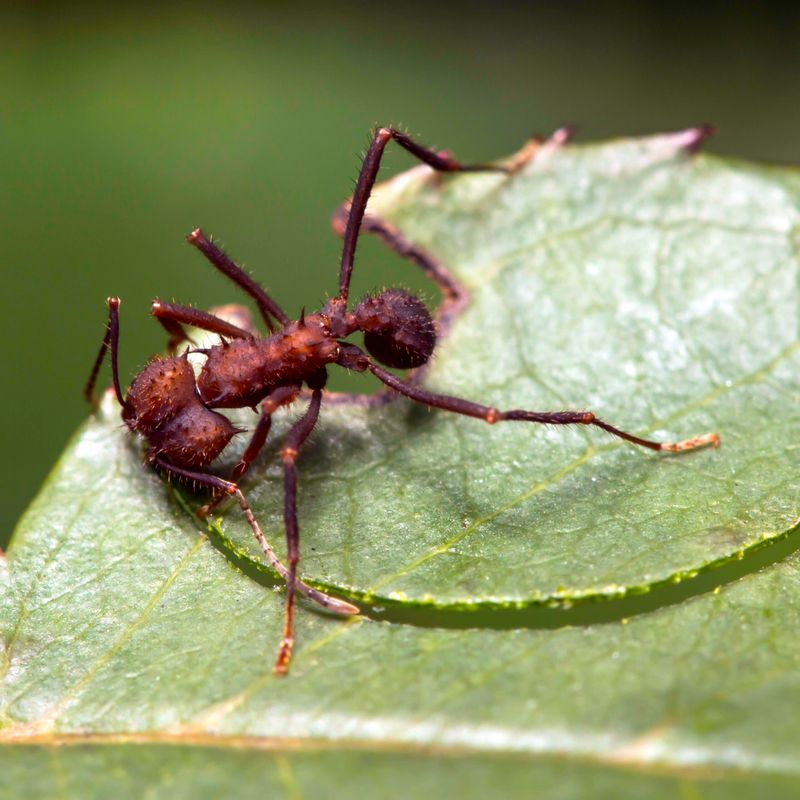
Leaf-cutter ants are remarkable architects of the rainforest, cultivating fungus gardens with leaf fragments. These ants meticulously cut leaves to feed their fungal crops, which serve as their primary food source.
Their gardening activities promote nutrient cycling and influence plant community dynamics. By pruning vegetation, leaf-cutter ants enhance light penetration and support forest regeneration.
These industrious insects demonstrate the symbiotic relationships within ecosystems. Their unique agricultural system underscores the intricate connections between insects and their environments, showcasing nature’s ingenuity and adaptability.

